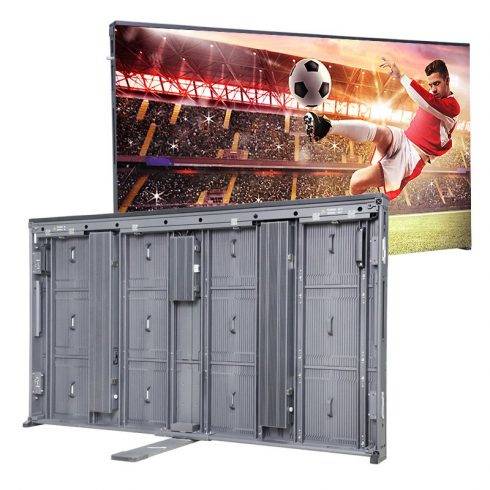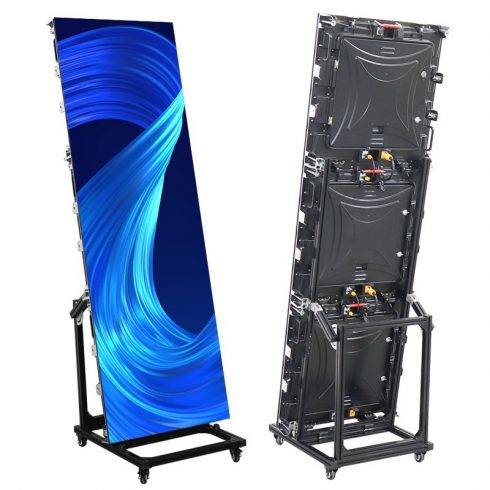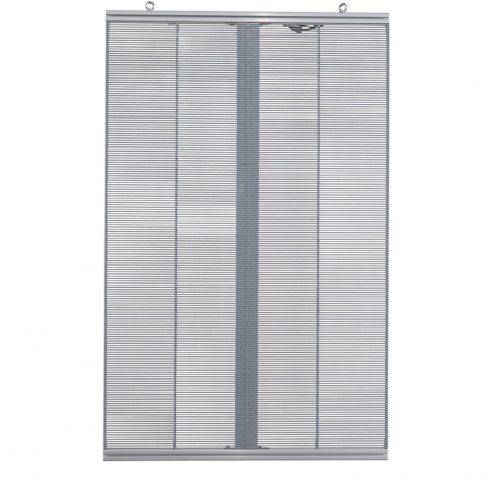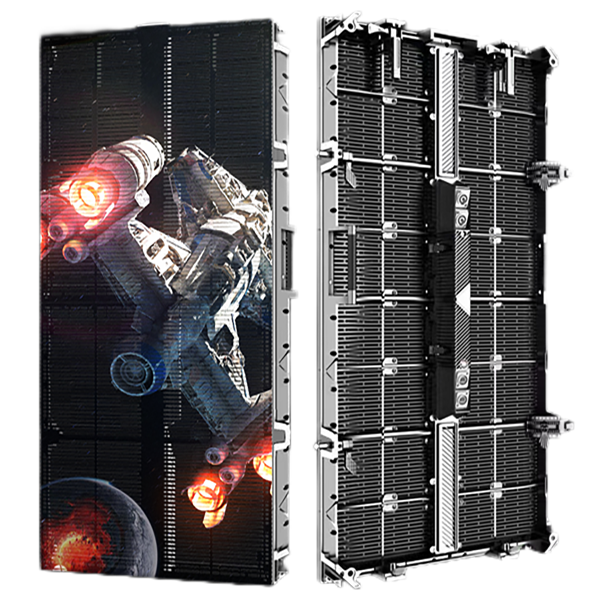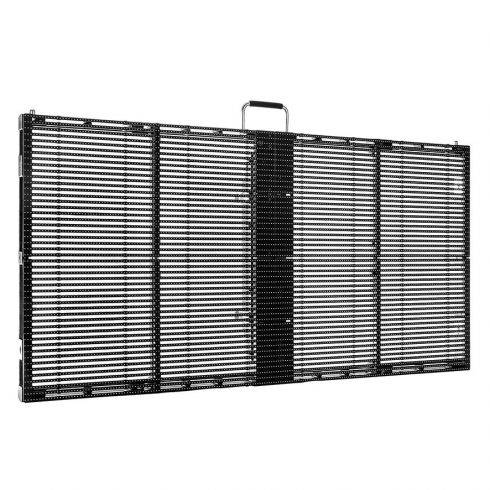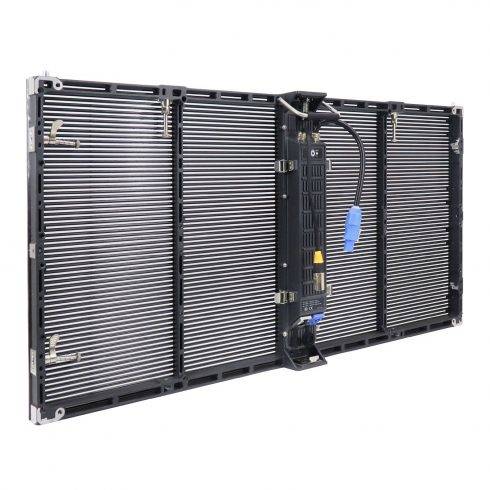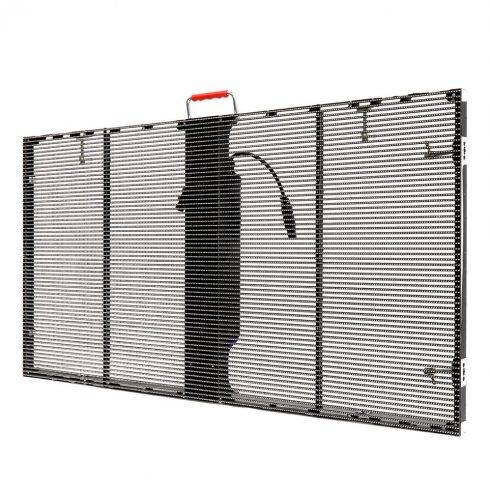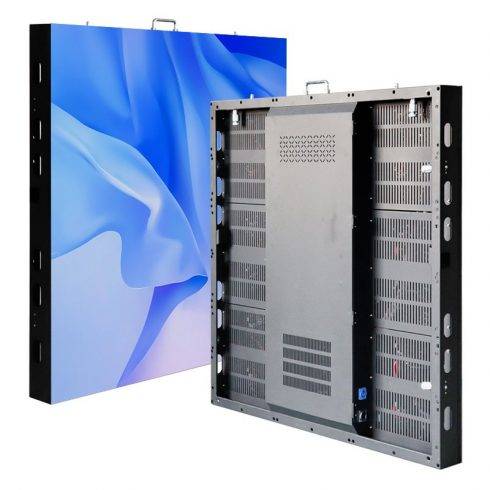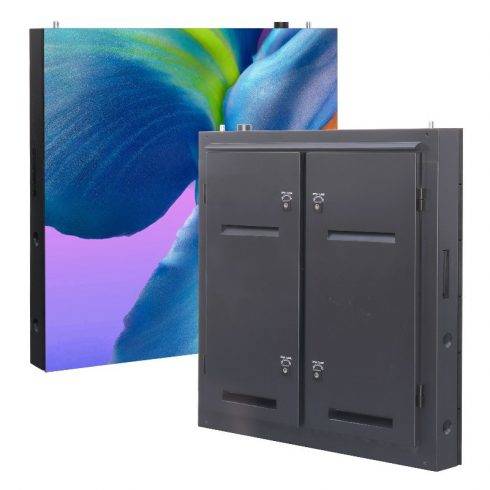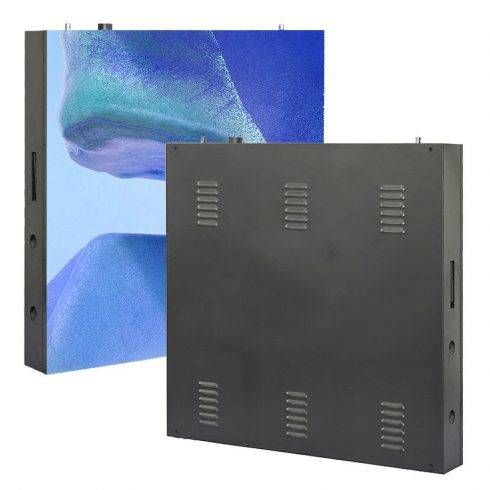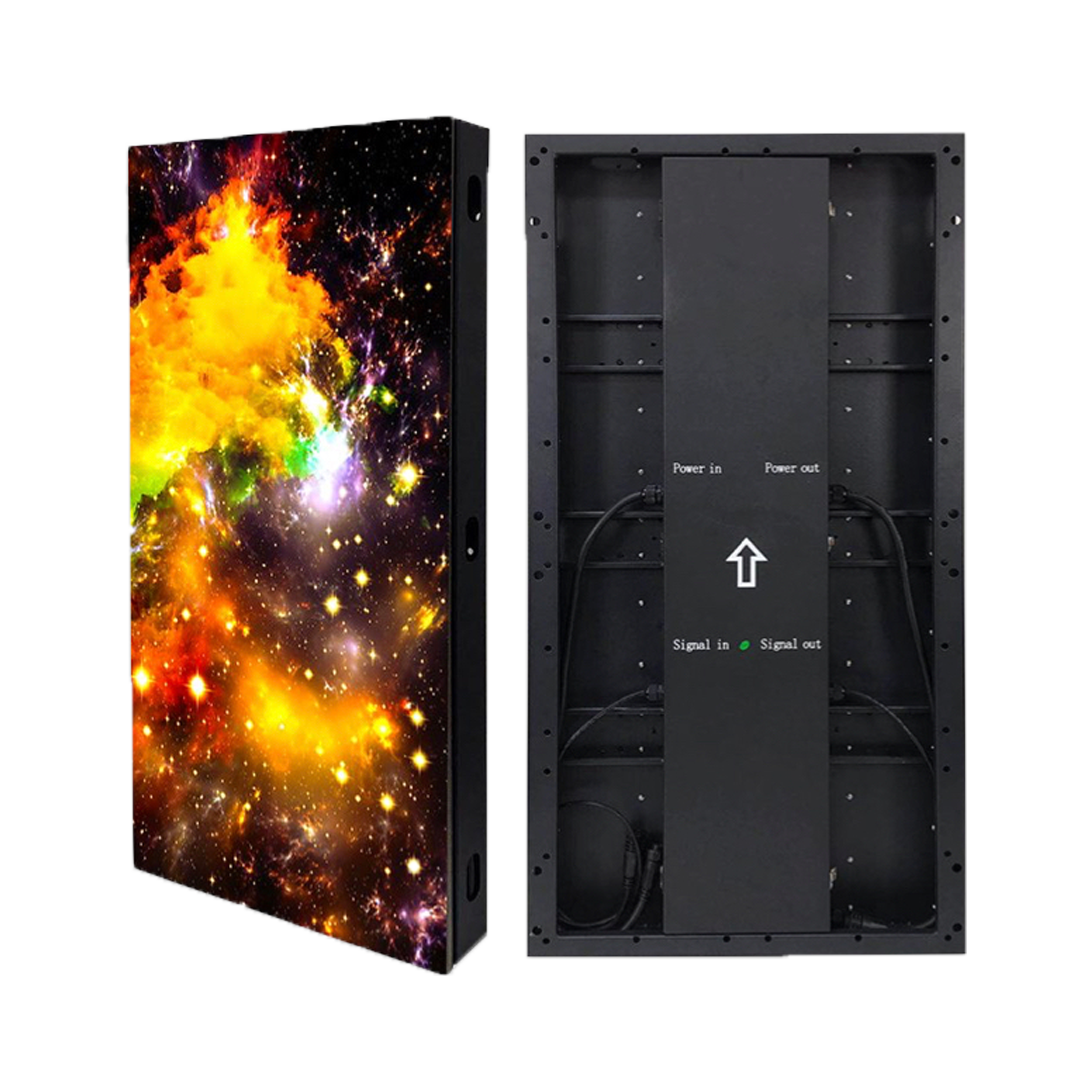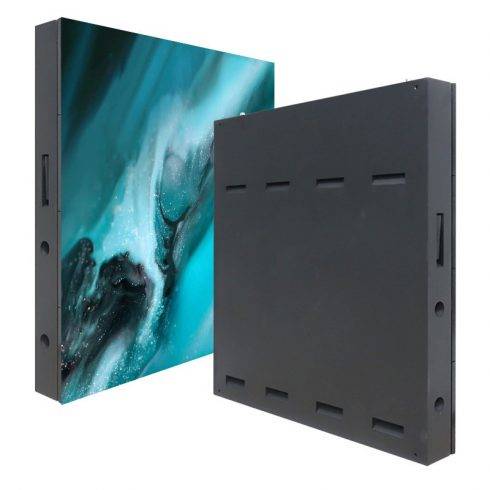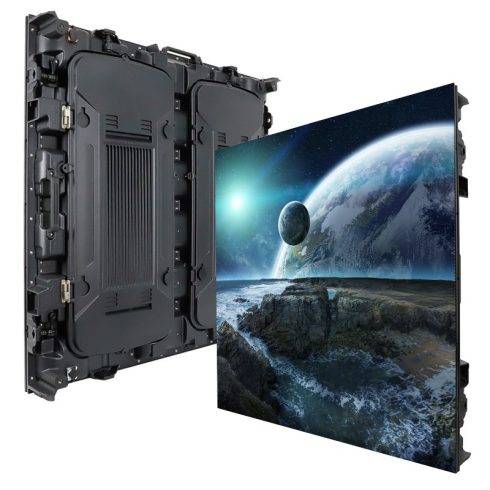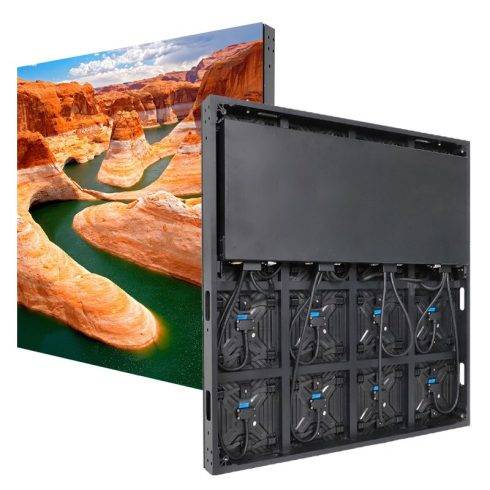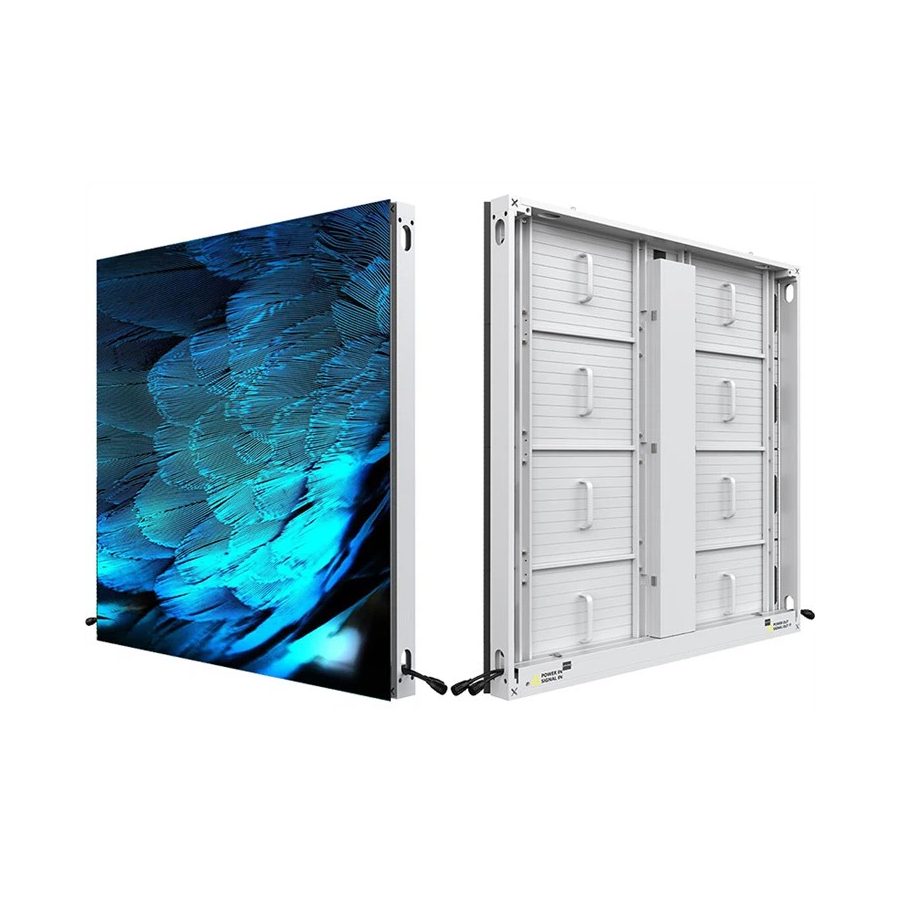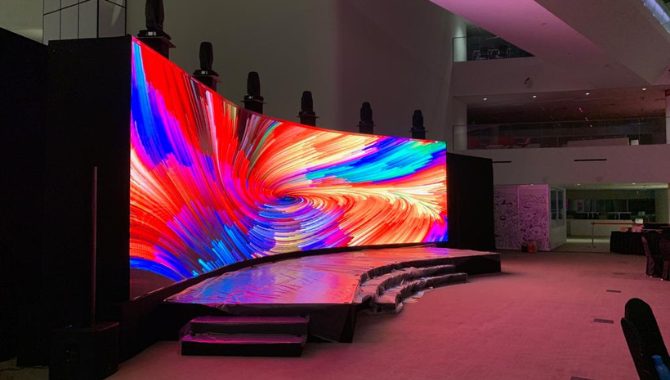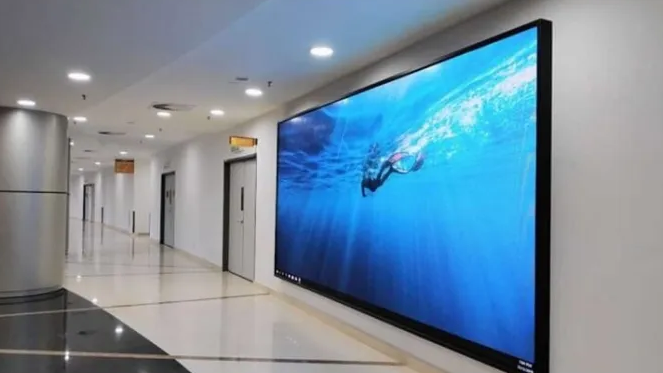Stadium perimeter LED displays are an essential component of modern sports arenas, used for a wide range of functions, including advertising, branding, audience engagement, and real-time information display. Their ability to project dynamic visuals and deliver clear messages in a high-energy environment makes them a valuable investment for sports clubs, event organizers, and advertisers alike. However, the demanding outdoor conditions and unique requirements of stadium settings mean that these displays must adhere to specific technical standards to ensure optimal performance, safety, and durability.
In this guide, we will explore the technical requirements for outdoor stadium perimeter LED displays, covering everything from hardware specifications to environmental considerations, ensuring that your display performs flawlessly in any situation.
1. Brightness and Contrast Levels
One of the most critical technical specifications for outdoor stadium perimeter LED displays is brightness. Stadiums are often exposed to varying levels of ambient light, ranging from direct sunlight during the day to artificial floodlighting at night. This variance necessitates LED displays with high brightness capabilities to ensure visibility under all lighting conditions.
- Minimum Brightness Levels: For outdoor stadium applications, the minimum brightness requirement should be around 5,000 to 7,000 nits (cd/m²). Higher brightness levels are necessary to counteract direct sunlight and ensure that the content remains vivid and readable from a distance.
- Adjustable Brightness: Displays should have adjustable brightness settings to accommodate changing light conditions throughout the day and during different events. Automated brightness adjustment using light sensors is an ideal feature, as it optimizes visual quality and reduces energy consumption.
- High Contrast Ratio: A high contrast ratio, typically 3,000:1 or higher, is crucial for producing sharp and well-defined images. The contrast ratio determines the difference between the darkest blacks and the brightest whites, affecting the clarity of both static and dynamic content. In high-ambient light conditions, a high contrast ratio prevents images from appearing washed out.
2. Pixel Pitch and Resolution
Pixel pitch, the distance between the centers of two adjacent pixels, is a key factor that influences the display’s resolution and viewing experience. For perimeter LED displays, selecting an appropriate pixel pitch is critical for ensuring that viewers can see clear and detailed content from various angles and distances.
- Recommended Pixel Pitch: For outdoor perimeter displays, the recommended pixel pitch typically ranges from 8mm to 16mm, depending on the size of the stadium and the expected viewing distance. A smaller pixel pitch (e.g., 8mm) results in higher resolution and sharper images, making it ideal for high-profile stadiums where audience engagement is paramount.
- Optimal Viewing Distance: The choice of pixel pitch should be aligned with the optimal viewing distance. For instance, a 10mm pixel pitch is suitable for audiences viewing from 10 to 50 meters away, ensuring legibility of text and clarity of graphics.
- Resolution: The resolution should match the size and pixel pitch of the display. For instance, a display with a 10mm pixel pitch and a length of 100 meters might require a resolution of 10,000 pixels horizontally to maintain image quality across the entire length of the screen.
3. Refresh Rate and Frame Rate
Perimeter LED displays are often used to showcase high-speed action replays, dynamic advertisements, and live updates, making refresh rate and frame rate essential parameters for smooth visual performance.
- Minimum Refresh Rate: A refresh rate of at least 3,840 Hz is recommended for perimeter displays. This high refresh rate ensures that the display does not flicker, even when viewed through cameras. Flicker-free performance is crucial for televised events, where lower refresh rates can result in visual distortion on camera feeds.
- Frame Rate Compatibility: The display should support high frame rates (e.g., 60 fps or higher) to ensure smooth playback of fast-moving content. This is especially important for sports events where quick motion and rapid content changes are common.
4. Durability and Weather Resistance
Outdoor stadium perimeter LED displays must withstand harsh environmental conditions, including extreme temperatures, humidity, rain, dust, and physical impact. Durability is a non-negotiable requirement for these displays, as they are exposed to the elements and, in some cases, direct contact with players or equipment.
- IP Rating: The IP (Ingress Protection) rating determines the display’s resistance to dust and water. For outdoor perimeter displays, a minimum rating of IP65 on the front and IP54 on the rear is required. This ensures complete protection against dust and water jets from any direction.
- Impact Resistance: Since perimeter displays are located close to the playing field, they should be built to withstand accidental impacts from balls, players, or equipment. Displays should be constructed with durable materials such as reinforced aluminum and have impact-resistant masks to prevent damage.
- Temperature and Humidity Resistance: The display should be able to operate in a wide temperature range, typically -20°C to 50°C, and in high-humidity environments. Integrated ventilation and temperature control systems (fans or air-conditioning) are essential to prevent overheating and component failure.
5. Viewing Angle and Image Uniformity
Stadium perimeter LED displays must be visible to audiences seated in various sections of the stadium, including those at extreme angles. Therefore, achieving a wide viewing angle and uniform image quality is essential.
- Wide Viewing Angle: A minimum horizontal viewing angle of 140° to 160° and a vertical viewing angle of 70° to 80° are recommended. This ensures that the content remains clear and legible, even for viewers seated at sharp angles relative to the display.
- Color and Brightness Uniformity: Color and brightness should be consistent across the entire display to prevent distracting visual inconsistencies. Uniform calibration techniques, such as pixel-level brightness and color correction, are necessary to maintain uniformity throughout the display.
6. Control and Connectivity
The control system is the heart of the LED display, managing content, diagnostics, and real-time updates. A robust control system is vital for the smooth operation of perimeter LED displays.
- Real-Time Control Software: The control software should support real-time content updates, scheduling, and management. Features such as remote control, diagnostics, and automated error alerts are invaluable for ensuring seamless operation during events.
- Signal Redundancy: Signal redundancy ensures that the display continues to function even if a primary signal path fails. This is achieved through dual-channel signal input, loop backup systems, and hot-swappable components.
- Data and Power Redundancy: In high-stakes environments like stadiums, data and power redundancy is a must. Redundant power supplies and dual data paths can prevent outages and ensure that the display remains operational during critical moments.
7. Modular Design and Maintenance Accessibility
Stadium perimeter LED displays often span hundreds of meters, making maintenance and accessibility key considerations in their design.
- Modular Design: Modular design allows for easy assembly, disassembly, and maintenance. Each module should be easily replaceable without affecting the operation of the rest of the display.
- Front and Rear Access: To facilitate repairs and maintenance, perimeter displays should offer both front and rear access options. This ensures that technicians can quickly resolve issues without disrupting the event or taking the entire display offline.
Conclusion
Investing in a high-quality outdoor stadium perimeter LED display requires careful consideration of several technical parameters, including brightness, pixel pitch, refresh rate, durability, viewing angles, and control systems. Meeting these requirements ensures that the display not only delivers stunning visuals but also withstands the rigors of a demanding stadium environment.
By choosing displays that adhere to these standards, stadium operators can create a visually compelling and reliable platform for advertising, fan engagement, and live event updates, ensuring an enhanced experience for both spectators and advertisers. With the right technical specifications, an outdoor stadium perimeter LED display becomes more than just a screen—it transforms into a powerful communication tool that elevates the entire sporting experience.







